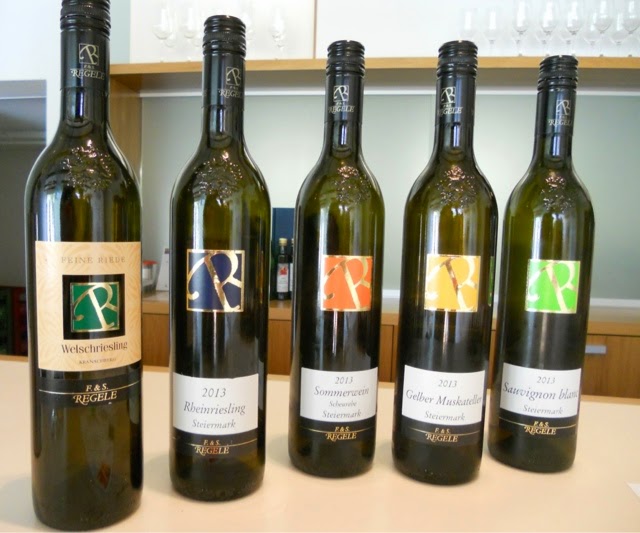Day 30. Graz to Bruck an der Mur. 70 km, 4h30.
It was cool and cloudy as we left Graz following the small green R2 cycle path signs. It was always reassuring to have the Mur River on our right as the map of the cycle path is not particularly accurate. Nevertheless we had to be wide awake to spot the signs especially approaching or leaving towns.
Initially we cycled past the industrial area of Graz, but were usually separated from the factories by trees. It was interesting to see a massive SAPPI sawmill here. Then it was into the dairy farming area, with the path twisting and turning between the hills as we climbed slowly to Bruck. The cycle path plaited its way between the intertwined river, railway and highway. A steady cold headwind was funneling down the valley, and there were many short, cheeky, anaerobic climbs along the way.
There is a 3-day Mur Cycle Tour taking place so we passed hundreds of cyclists in groups going in the opposite direction. Unbeknown to us, this event and a bikers rally near Bruck meant that accommodation was all fully booked (and the Tourist Information here is closed on a Friday which makes zero sense to us). Eventually a very helpful lady at a guesthouse phoned around on our behalf and found a room for us about 3 km outside Bruck at Gasthof Pichler - these bits of kindness are what makes the trip memorable. It was interesting to hear from her that people here regard Croatia and Slovenia as dangerous destinations, and she would be reluctant to travel there. We found this strange as we felt very safe in both countries.
At Bruck an der Mur, we will leave the Mur River after 3 days along its banks. The Mur originates near Salzburg, initially flowing east, turning south at Bruck. It flows for 480 km through Austria and Slovenia before joining the Drava in Croatia (which we cycled along between Ptuj and Maribor). The Drava is one of the main tributaries of the Danube. The amount of water flowing in the Mur and the number of small hydro-electric plants along its course is astounding.
Cycle path, railway and river.
It's poppy season in the Mur Valley.
Schloss Rabenstein overlooking the Mur Valley.



















































